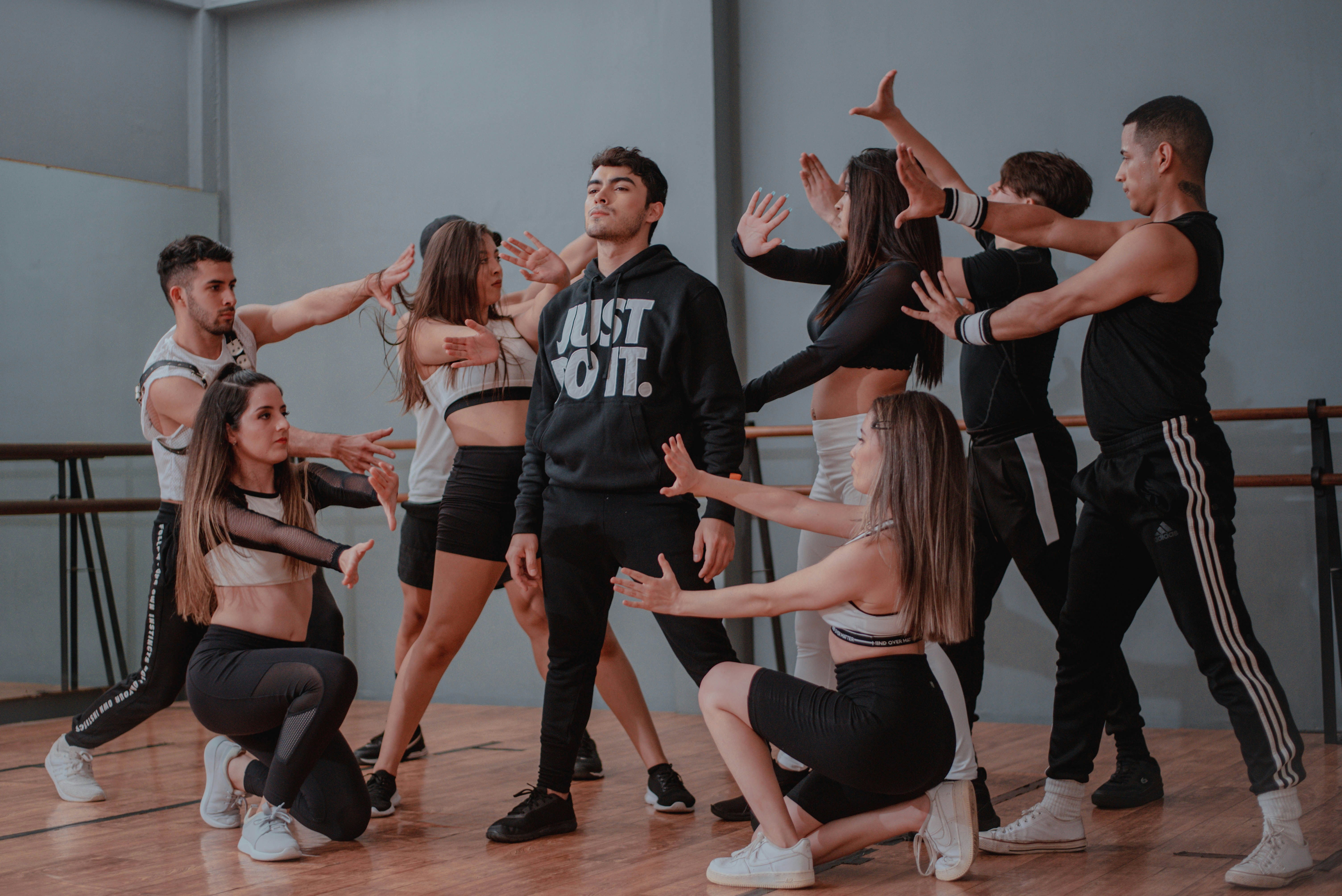Rhythm and timing drills to improve musical responsiveness
Improving musical responsiveness begins with targeted rhythm and timing drills that clarify how movement relates to sound. This article outlines practical exercises and training strategies that support musicality, footwork, posture, conditioning, partnering, and improvisation. Whether you train alone or rehearse with partners, focused practice increases coordination and expressive technique.

Developing a sensitive musical response takes deliberate practice beyond simply counting beats. Focused rhythm and timing drills train perception and action together so dancers move with assurance and nuanced expression. These drills can be adapted to support conditioning, flexibility, posture, and overall fitness while also sharpening choreography recall and improvisational instincts. Practical, repeatable exercises help bridge the gap between hearing music and producing informed movement choices in solo practice or partnering contexts.
How does rhythm training enhance musicality and expression?
Rhythm drills refine musicality by encouraging dancers to hear substructures within a phrase, such as syncopation, accents, and rests. Exercises that emphasize phrasing, dynamic changes, and micro-timing (small delays or anticipations) give dancers tools to shape expression. Use call-and-response clapping, subdivided counts, and vocalizing rhythms to internalize patterns. Over time, this listening-first approach supports clearer intention when interpreting choreography and offers more expressive possibilities during improvisation.
What drills improve timing and footwork?
To improve timing and footwork, practice with metronome-based drills and layered step patterns. Start with single-step accents on the downbeat, then add syncopated variations and off-beat taps. Use metronome apps to vary tempo and introduce polyrhythms once basic patterns are stable. Short, repeated sequences (8–16 beats) followed by rest periods reinforce muscle memory and reduce sloppy transitions. Slow practice, then gradual tempo increases, preserves technique while building accurate footwork under changing rhythmic demands.
How does conditioning support posture and fitness?
Conditioning routines targeting core strength, balance, and joint mobility support better posture and sustained musical responsiveness. Planks, hip mobility flows, and controlled pliés strengthen the muscles that enable consistent alignment during fast or complex rhythms. Flexibility work for hips and ankles improves range of motion for varied footwork, while cardiovascular conditioning helps maintain clarity of timing as phrases get longer or more physically demanding. Integrating short conditioning sets into warm-ups keeps technique reliable during rehearsals.
Can choreography and rehearsal boost coordination and technique?
Rehearsal strategies that break choreography into rhythmic cells help coordination and technical accuracy. Isolate segments by rhythm—practice a phrase only on beats 1–4, then 5–8, then connect them. Use imagery or counts that emphasize weight shifts and posture to protect technique when speed increases. Recording rehearsals and reviewing them against the music reveals timing misalignments to correct. Layering dynamics and expression onto solid technical execution produces performances that are both precise and musical.
How to practice partnering and improvisation with rhythm?
Partnering drills should begin with simple weight shifts and connection exercises that align partners’ timing and posture. Practice walking patterns, shared weight transfers, and basic turns with the same rhythmic cues before adding complexity. For improvisation, use constraint-based tasks—limit movement to a specific rhythm or phrase length—to sharpen responsiveness. Alternating lead and follow roles in short improvisational exchanges builds sensitivity to subtle timing cues and strengthens nonverbal communication between partners.
| Provider Name | Services Offered | Key Features/Benefits |
|---|---|---|
| Fred Astaire Dance Studios | Group and private lessons in ballroom and social dance styles | Franchise network with structured curricula and instructor training |
| Arthur Murray Dance Centers | Private lessons, group classes, and social dance events | Long-established method-focused studios with personalized lesson plans |
| Steps on Broadway | Technique classes, workshops, and rehearsal space (New York) | Diverse class offerings from jazz to contemporary and frequent masterclasses |
| Alvin Ailey American Dance Theater (school programs) | Training programs and workshops in modern dance and technique | Emphasis on technique, performance practice, and community outreach |
| Royal Academy of Dance | Syllabus-based training, exams, and teacher education | Internationally recognized syllabi and graded assessment pathways |
Prices, rates, or cost estimates mentioned in this article are based on the latest available information but may change over time. Independent research is advised before making financial decisions.
Conclusion Rhythm and timing drills are practical tools to build a reliable connection between sound and movement. By combining listening exercises, metronome practice, conditioning, and structured rehearsal techniques, dancers can improve technical clarity, coordination, and expressive range. Whether focusing on solo footwork, partnered timing, or improvisational responsiveness, regular, varied drills help translate musical intent into confident, precise movement.
This article is for informational purposes only and should not be considered medical advice. Please consult a qualified healthcare professional for personalized guidance and treatment.






